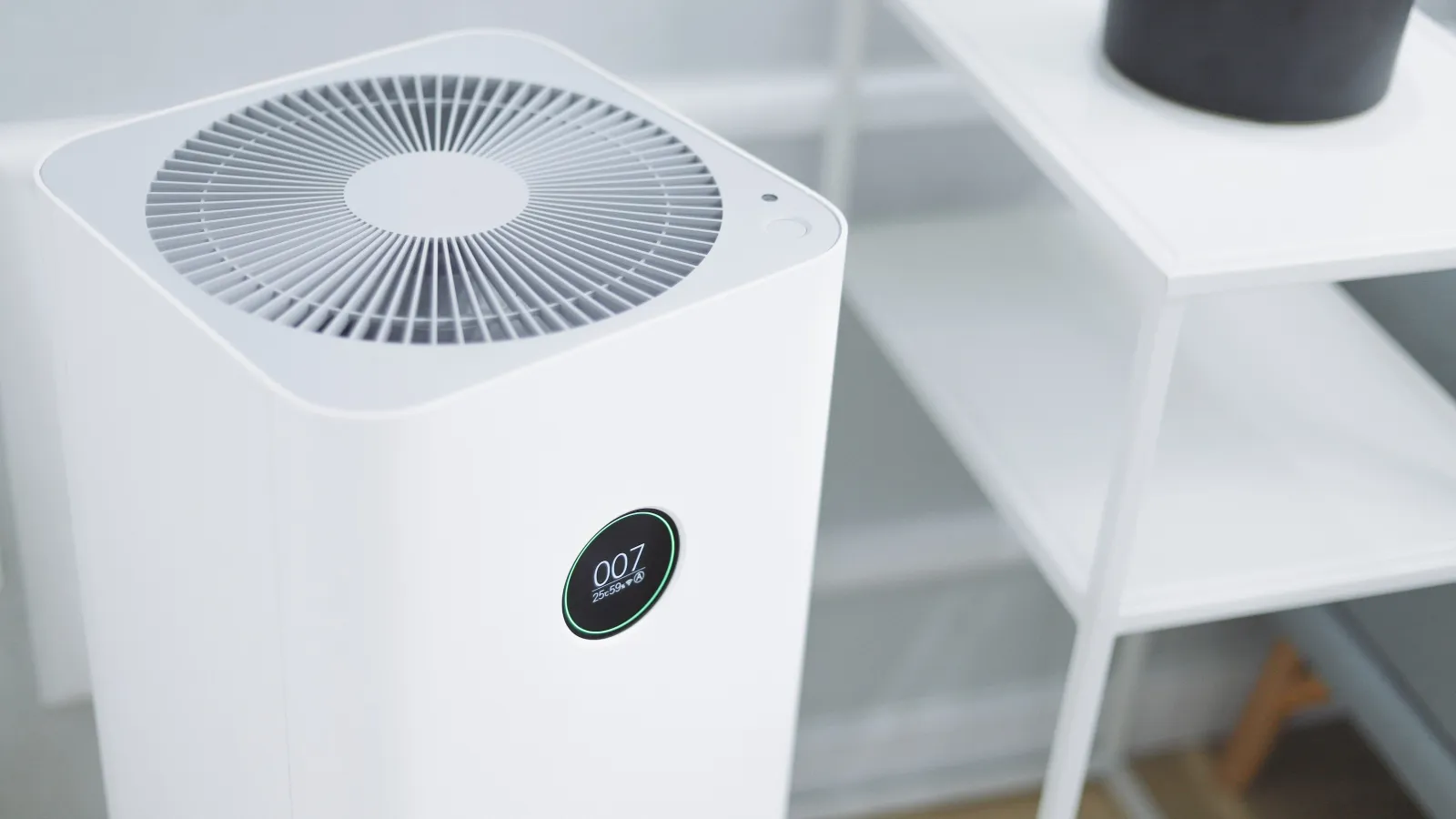Why Your Home Air Quality Matters

Think about the last beautiful day. Think about how much time you spend outside. Did you and your coworkers joke about having the standard afternoon meeting in the park? When you get home, do you have time for a walk? As much as you want to eat dinner outside, did you? People spend about 90% of their time indoors. Indoor air quality is not the most entertaining topic at the next dinner party, but healthy air means healthy minds and bodies.
At Snappy, we spend our time helping our communities improve the quality of their homes. To help increase air quality awareness, please find some reasons why your home air quality matters.
What is Indoor Air Quality?
Is a term which refers to the air quality within and around buildings and structures, especially as it relates to the health and comfort of building occupants.
Why Should I Care About Indoor Air Quality?
The Environmental Protection Agency (EPA) ranked indoor air pollution among the top 5 environmental dangers! Since the 1970’s home’s have been constructed to be more energy efficient which means they are built tighter. These homes reduce the ventilation which traps indoor air pollutants inside your home. According to the EPA the average homeowner spends about 90% of their time indoors! On average, we inhale 15,000+ quarts of air per day from everyday sources under normal weather conditions:
Indoor pollution sources that release gases or particles into the air are the primary cause of indoor air quality problems in homes. Inadequate ventilation can increase indoor pollutant levels by not bringing in enough outdoor air to dilute emissions from indoor sources and by not carrying indoor air pollutants out of the home. High temperature and humidity levels can also increase concentrations of some pollutants.
Should we be concerned with the Atlanta air quality that we are breathing?
We are aware and understand the benefits of clean water and consume an average of 2+ quarts per day. So compared to water, why would we not be just as concerned about air quality? Studies have shown on average that the indoor air we breathe is up to 5 times worse than the air outside. In some cases, the indoor air quality may be up to 100 times worse!
How Does It Affect Me & My Family?
Poor air quality impacts your health. Quite simply, poor air quality affects some of the everyday aches, pains and irritations. Some symptoms of poor indoor air quality, include:
- headaches.
- fatigue.
- eye irritation.
- nose irritation.
- throat irritation.
- lung irritation.
Poor air quality affects everyone, especially children and the elderly. The number of children and young adults with severe allergies and asthma increases every year. Poor indoor air quality may not directly cause these health issues, but air quality is a contributing factor.
In addition, recent data suggest that poor air quality may directly reduce a person’s ability to perform specific mental tasks requiring concentration, calculation, or memory. Some studies have shown that at least half of all illnesses can be traced back to poor indoor air quality.
What Airborne Pollutants should I be concerned About?
Carbon Monoxide
Carbon Monoxide is one of the most dangerous pollutants and received the nickname the silent killer because it is odorless and tasteless. Carbon Monoxide (CO) poisoning is a leading cause of unintentional poisoning deaths in the United States.
The CDC estimates CO poisoning causes approximately 400 deaths and over 20,000 emergency room visits per year.
However, most CO poisonings go unreported because they are misdiagnosed as a flu or the common cold because the symptoms (headaches, nausea, and fatigue)are very similar.
Mold
Mold becomes a pollutant when accumulated growth is unnoticed or not dealt with, especially in water-damaged materials and surfaces (like your roof). Repeated exposure to mold can cause:
- asthma.
- allergic reactions.
- tuberculosis.
- measles.
- influenza.
In many cases air borne mold spores derive from your crawl space.
Volatile Organic Compounds (VOCs)
VOCs are a large group of carbon-based chemicals that easily evaporate at room temperature. Studies show that the level of indoor VOCs is generally two to five times higher than the level of outdoor VOCs.
House Dust Mites
Dust mites are very small critters with translucent bodies and are barely visible to the unaided eye. Dust mites feed on organic detritus, such as flakes of shed human skin, and flourish in the stable environment of dwellings. House dust mites are a common cause of asthma, wheezing and allergic symptoms worldwide. A mated female house dust mite can last up to 70 days, laying 60 to 100 eggs in the last 5 weeks of her life. In a 10-week life span, a house dust mite will produce approximately 2,000 fecal particles and an even larger number of partially digested enzyme-covered dust particles.
We hope that this provides an overview on air quality and why it matters. For more information and greater details, than the US Consumer Product Safety Commission published The Guide to Indoor Air Quality. Additionally, for specifics on your home, contact Snappy today and ask to speak to one of our indoor air quality specialists. We can come out to your home to assess your air quality and recommend the best way to help improve it. Snappy offers air duct sealing, which is another effective way to improve the overall comfort of your home.

